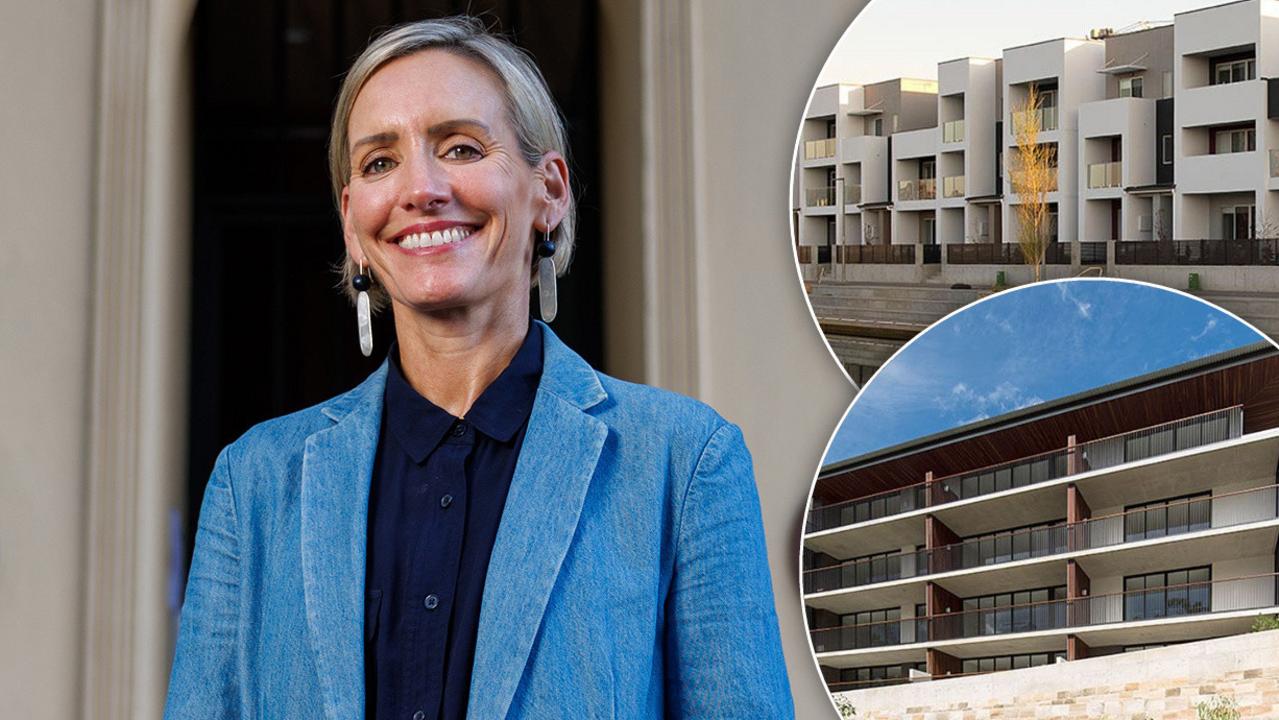Favell St and Bulli Rd, Toongabbie road surfaces are 20 degrees different
These two parallel streets are only 100m apart but an astonishing 20 degrees apart in temperature — because one is tree-lined and the other is not.
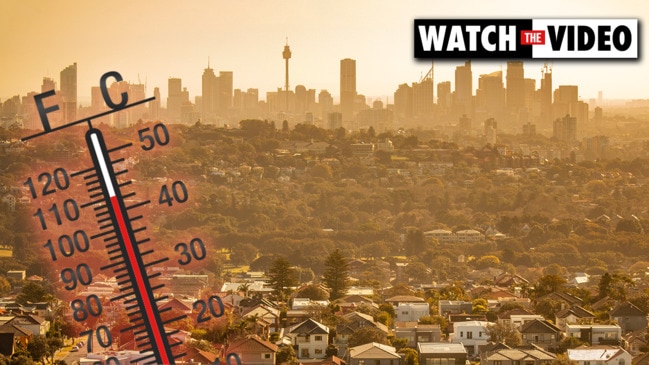
NSW
Don't miss out on the headlines from NSW. Followed categories will be added to My News.
These two streets are just 100m apart in distance but an astonishing 20 degrees apart in temperature — because one is tree-lined and the other is not.
And this is the sort of difference that could save lives during Australian summers, according to a new report by the World Wide Fund for Nature Australia and Doctors for the Environment Australia (DEA).
To illustrate the dramatic temperature change that trees can offer, WWF went out to Toongabbie in Western Sydney.
Researchers first went to Favell St, which runs east-west but its verge is lined with mature trees that offer plenty of shade.
There the tarmac road returned a surface temperature of 29.3 degrees celsius.
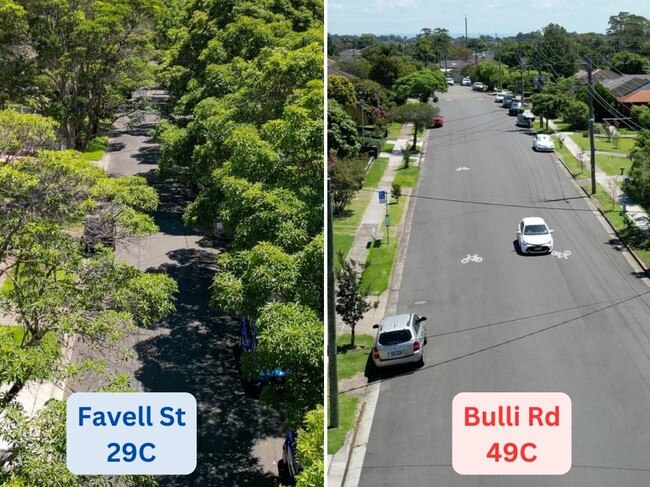
Researchers then moved about 100m north, to Bulli Rd, which runs parallel to Favell St.
Unlike Favell St, its verges have few mature trees and so almost no shade.
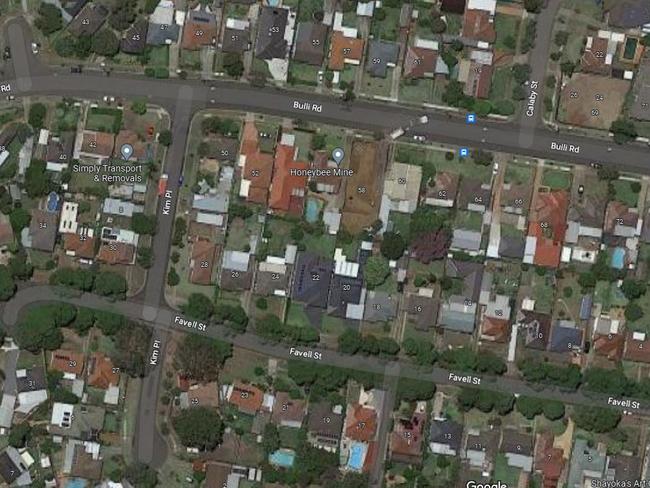
There the tarmac road returned a temperature of 49 degrees celsius.
“Heatwaves in Australia kill more people than all the other disasters combined. Trees are one of the ways that we can really reduce people’s exposure to heat,” said Dr Cybele Dey from DEA.
“In streets with a tree canopy, temperatures are significantly lower. During heatwaves people can suffer heart attacks, strokes, heat exhaustion and complications with medication.
“This is happening at a much bigger scale than people realise.”
The report comes as experts warn of a growing heat crisis in Western Sydney.
Recent analysis by Western Sydney University found that, within 30 years, our western suburbs could be dealing with more than 50 days each summer where temperatures are above 35 degrees due to a lack of natural tree cover.
There has also been an ongoing debate as to whether dark roofs should be banned in Western Sydney.
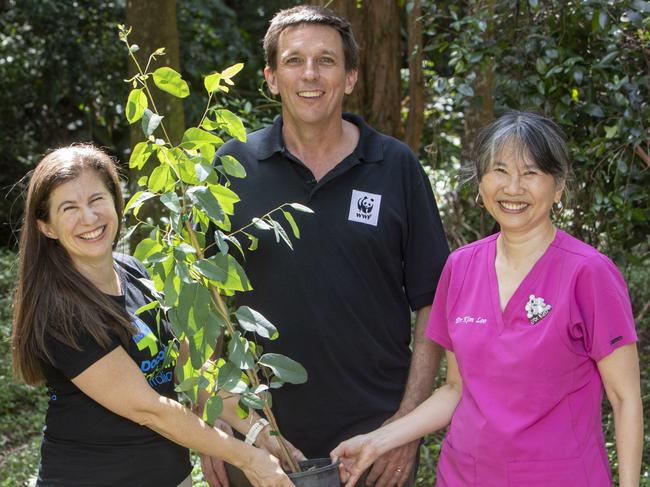
While the homes in Toongabbie are on large blocks, many of the new developments have large houses on small blocks, with roofs close enough to almost touch.
This sea of dark tiles reflects and increases the heat in these suburbs.
Along with heat protection, trees also play a crucial role in keeping Australia’s air and water clean.
“Air pollution contributes to 3000 deaths each year in Australia,” said Dr Kim Loo from DEA.
“Those figures would likely be higher without trees, which help filter air pollution. They also help cleanse water so that we use fewer chemicals to make water drinkable.”
A study of 245 cities around the world found fine particle pollution near a tree was reduced by as much as 24 per cent.
For Dr Dey, a child and adolescent psychiatrist, said it was also important to remember trees impacted mental health.
“For people who are experiencing worry or stress, but who do not need professional help, spending time in nature is really beneficial,” said Dr Dey.





